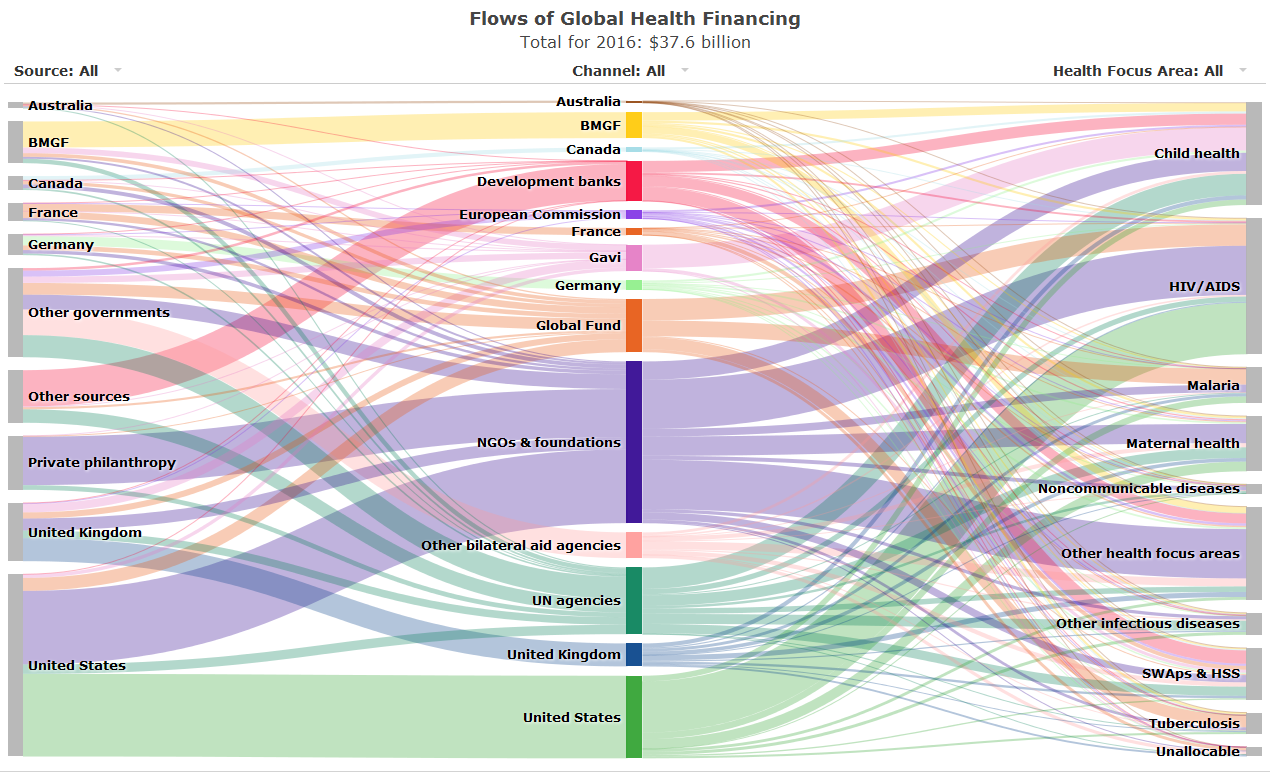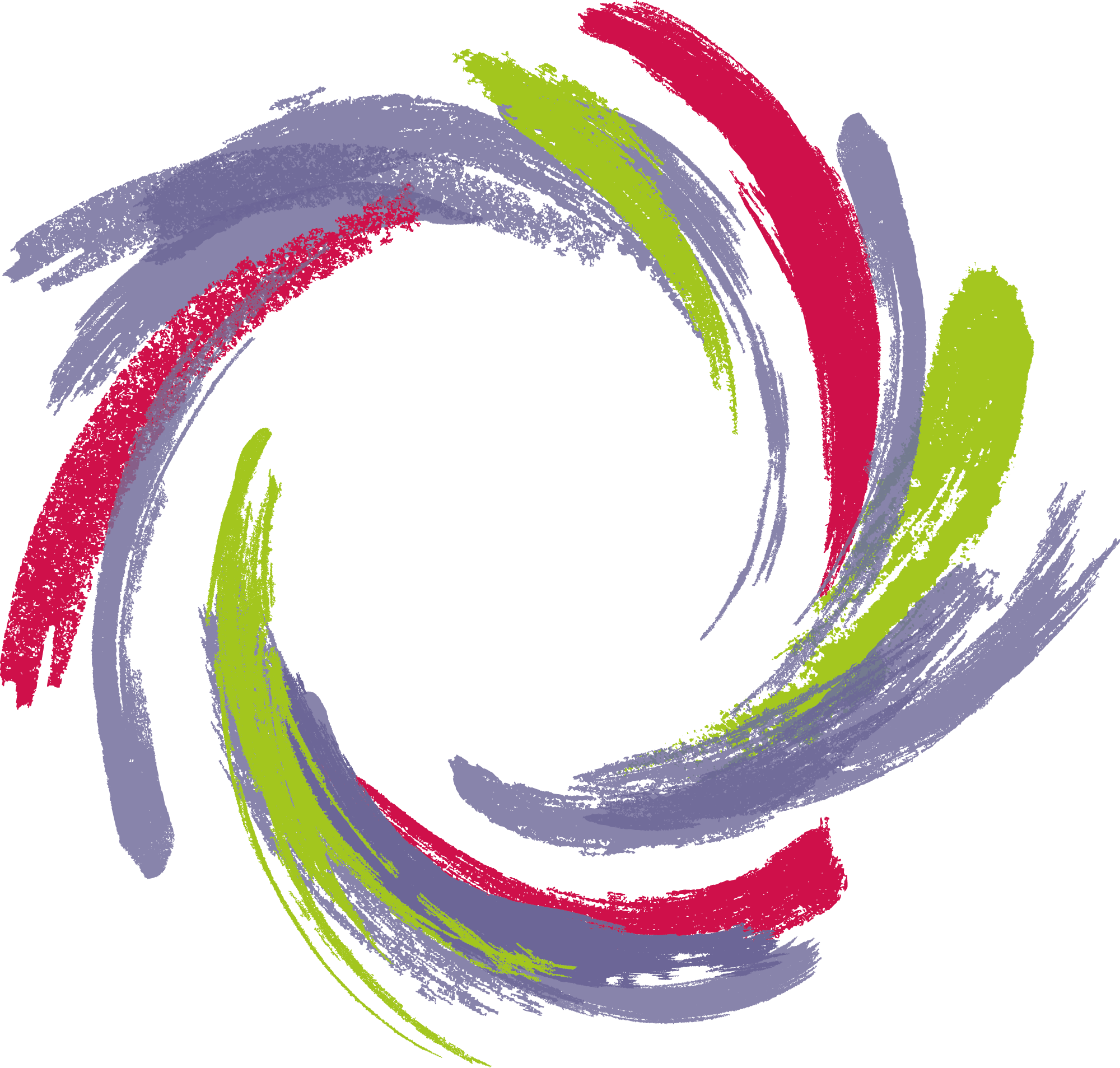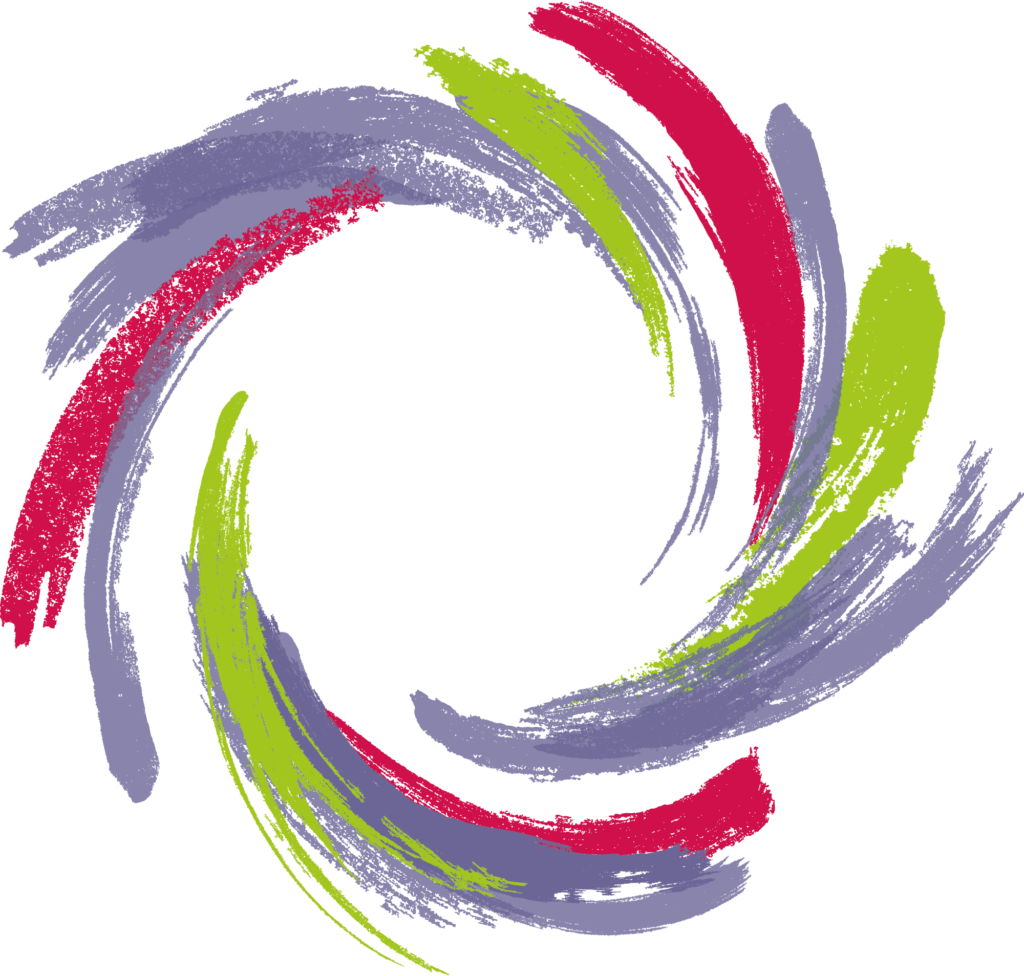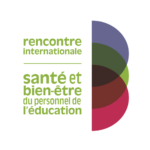PHARO meetings were held in Marseilles on the subject of health financing in resource-limited countries. The opportunity to analyse some international health trends:
From 2000 to 2010, international aid for health development grew at an average annual rate of 11.4%. While some states have withdrawn from bilateral cooperation, others continue to provide an enormous amount of aid, such as the US whose contribution represents a third of international aid funding for health development.
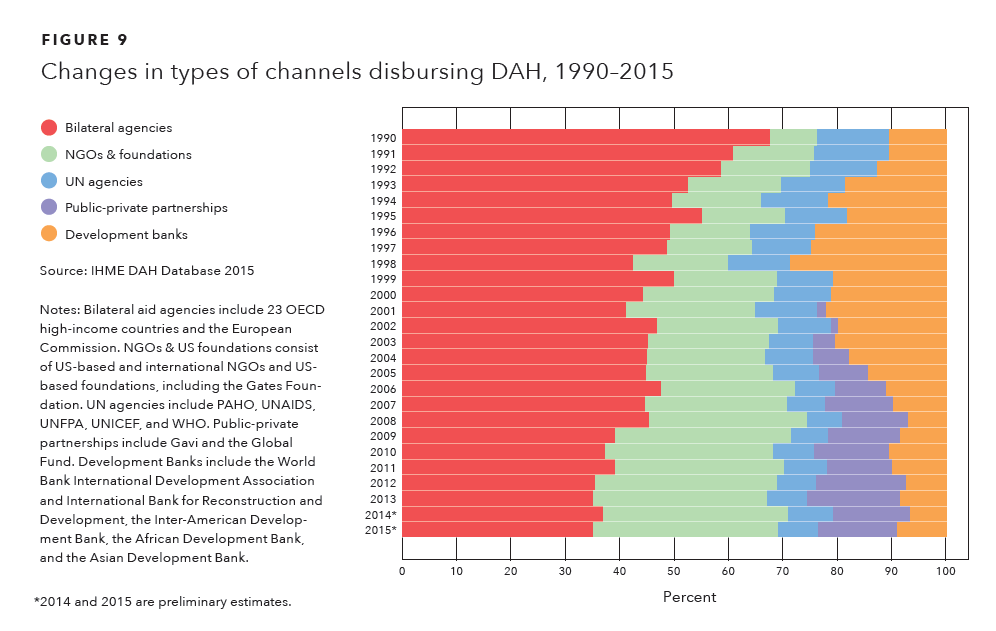
We are witnessing a rise in new sponsors: NGOs, Foundations and new States (BRICS, UAE, Saudi Arabia). The share of private stakeholders in funding is substantial, as an example, the Gates Foundation’s contribution increased by 10% between 2014 and 2015, reaching 2.9 billion dollars in 2015. At the same time, public-private partnerships such as the global fund, GAVI or Unitaid have also grown.
In 2016, international health aid was focused on HIV AIDS (25.37%), child health (19.09%), maternal health (10.32%), strengthening health systems and staff (9.64%), malaria (6.63%), tuberculosis (3.99%).
From the point of view of national funding, African countries spend 19 times less on health than developed countries. Since 1995, the gap between health expenditure in developed and developing countries has widened. It was 1:9, in comparison with 1:11 in 2014 (in purchasing power parity).
